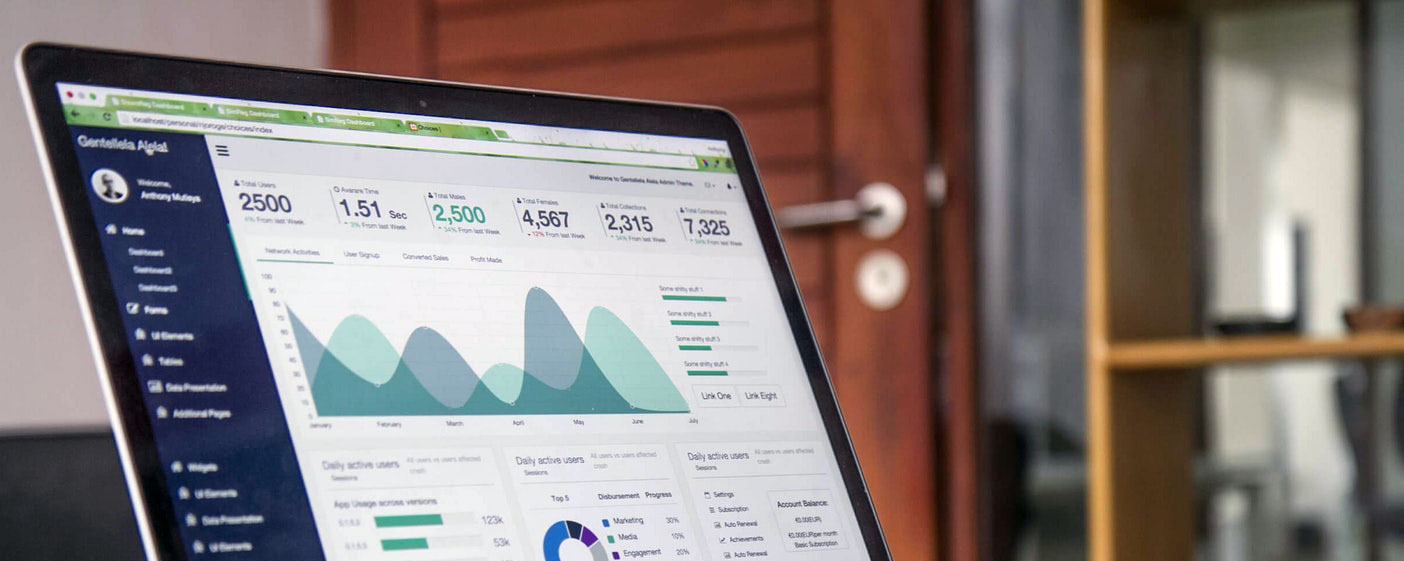Education is key when it comes to taking power over your own health and wellness.
I look at the role movement plays in your health and recovery to full and optimal function.
The articles on this site are not meant to take the place of medical advice and should not be used as such.
Knees - how much to bend, how much to straighten?
Your knees need a full range of movement on a regular basis!
Have you ever been told not to fully straighten your knees when exercising? Have you been told not to bend your knees too much? This common (but debunked) advice is often still given!
Knees are the joints between the ankles and the hips, and some muscles that cross the ankle also cross the knee, and some muscles that cross the hip also cross the knee. These muscles are known as "bi-articulate" muscles because they affect two joints.
What this means is that behaviour of the hip and the ankle can have consequences at the knee; when you lack movement variability at one joint, the joint nearby is often forced to make up for that movement deficiency.
If you're like a number of my clients, you've probably been told at some point to not bend the knee too far forward, certainly not further than the middle of the foot or at most the toes. Bending the knee beyond that carries the implication of probable pain and injury. Conversely, you might also have been told to never straighten the knee completely - because that's also a dangerous practice. Don't straighten the knee, but also don't bend it too much! That advice is not only confusing, it creates the belief that movement at end ranges is inherently damaging or dangerous.
All joints function better if they move through their ranges of motion on a fairly regular basis. Sitting for hours as so many of us do, means the knee spends a lot of time bent at 90°and is otherwise unmoved for much of the day. The knee joint tissues rely on a regular synovial bath. This fluid feeds and keeps healthy the tissues such as the cartilage and meniscus. The fluid needs movement that pushes that fluid around and brings nutrition to the cells of these important structures. No movement= no synovial bath!
The knees also rely on compression and decompression - which handily is supplied by walking! Simply put, this is pushing the bones closer together using your body weight as you stand and move about, and when that foot is not on the ground, the bones decompress. There is a "squish, un-squish, squish, un-squish" pattern to walking that keeps the knees happy and healthy.
In this video exercise, I will teach you how to use your hips while keeping the knees straight, lengthening the tissues that run across the back of the knee, both from below (ankles) and above (hips)!
If you crave a deep dive into these mechanics, my course Lower Body Biomechanics will give you a great understanding of the relationship of the joints of the leg from the foot up to the pelvis and set you up nicely for a lifetime of whole body movement. Normally I would teach this to new clients in three private sessions that would cost over $300, but this course is half that price and you can revisit it as often as you like.

Subscribe to the weekly "Moves-letter!"
Get the newsletter delivered to your inbox with
course and workshop news, videos, articles, and subscriber-only offers!
I have read and agree to the terms & conditions.
 Carol Robbins
Carol Robbins 
